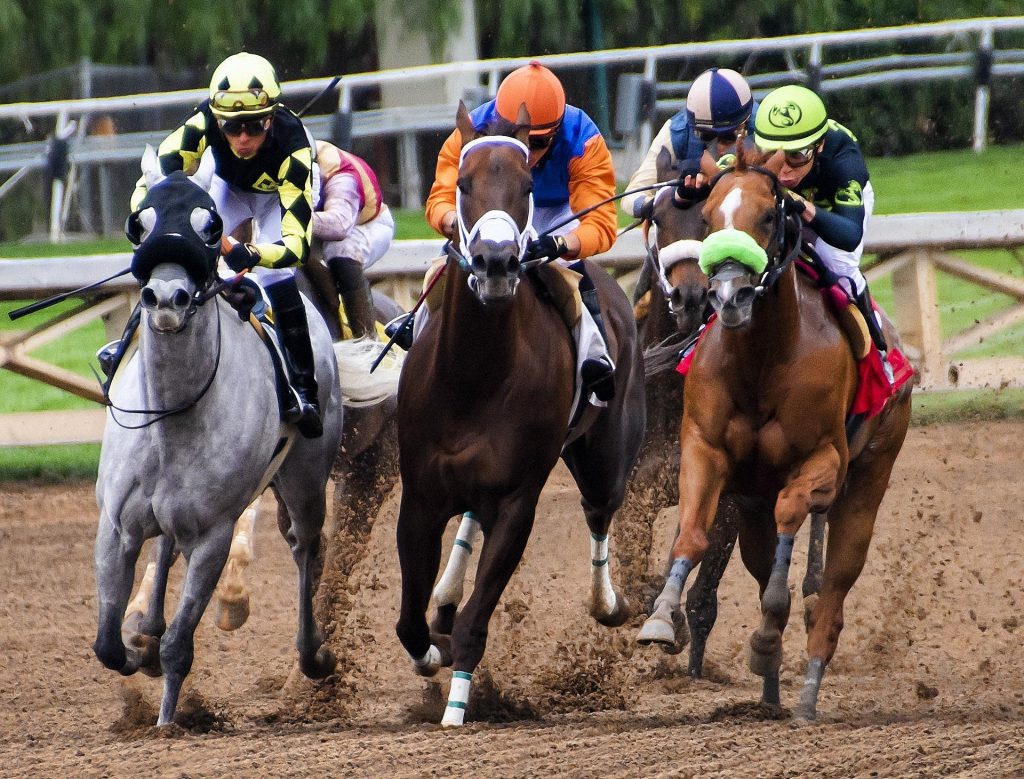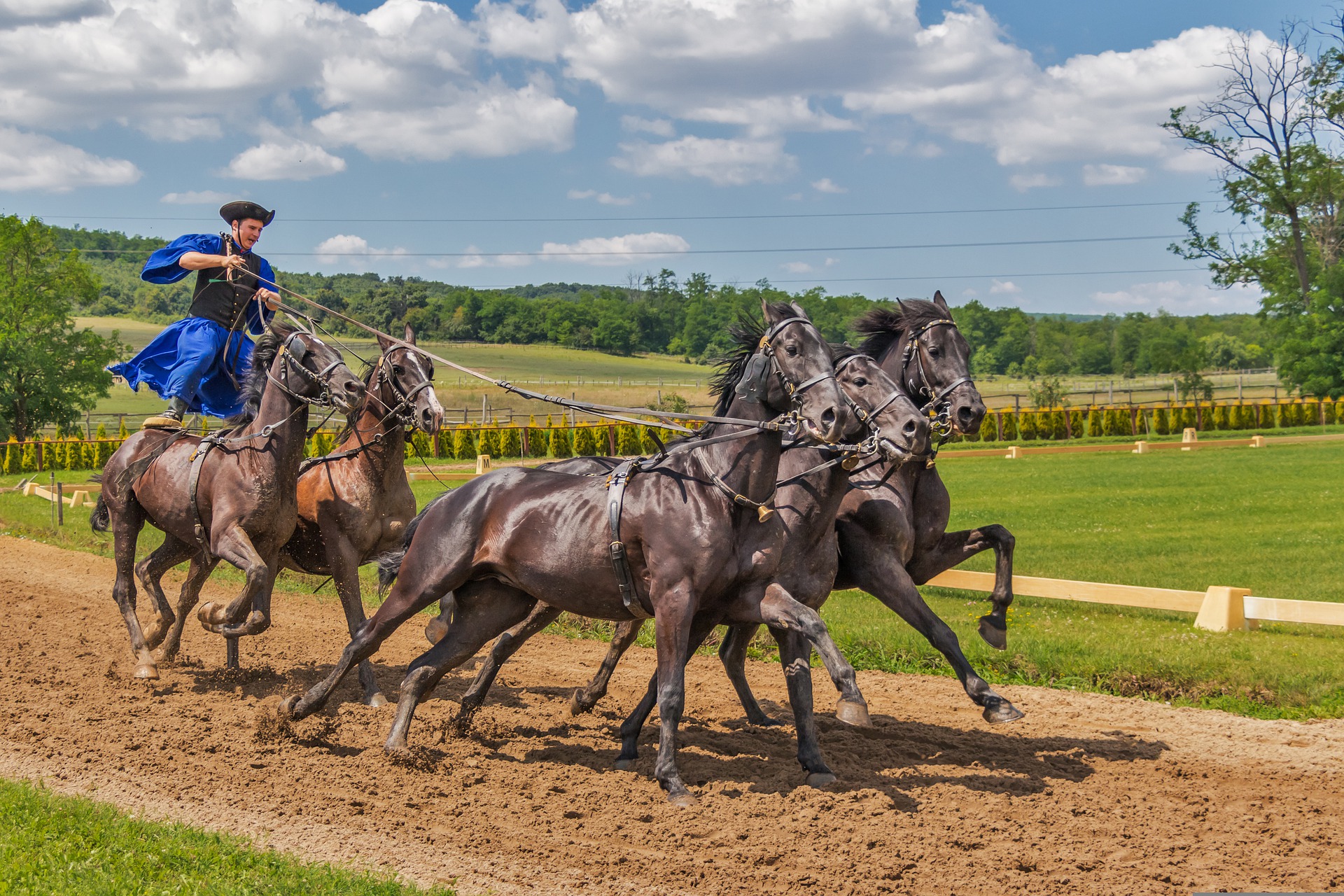There is no definitive answer when it comes to which animal races are best to bet on. However, some factors to consider include the type of race, the distance of the race, the number of participants, and the betting odds
Type of Race
There are many different types of animal races that can be bet on, from horse racing and greyhound racing to camel racing and even ostrich racing. Each type of animal race has its own set of rules and regulations, and betting on these races can be a lot of fun. One of the most popular types of animal races to bet on is horse racing. This sport has been around for centuries and is enjoyed by people all over the world. Horse racing betting is very simple; you just pick a horse that you think will win the race and place your bet. If the horse you picked wins, you collect your winnings. Greyhound racing is another popular type of animal race to bet on. This sport is also very simple to bet on; you just pick a dog that you think will win the race and place your bet. If the dog you picked wins, you collect your winnings. Camel racing is a bit more complicated than horse or greyhound racing, but it is still a lot of fun to bet on. Camel racing betting works like this: each camel is given a handicap, and the camel with the lowest handicap is the favorite to win. You then pick a camel and place your bet.
Animal Species

The most common factor for animal race betting is the species of animal. The horse is the most popular animal to bet on, followed by the dog. There are also bets placed on cockfights and bullfights.
Distance of the Race
When betting on an animal race, it is important to pay attention to the distance of the race. The distance of the race will affect the odds of each animal winning. For example, a horse race that is a mile long will have different odds than a horse race that is two miles long. Betting on animal races can be a fun and exciting way to gamble, but there are a few things to keep in mind when it comes to distance. The most important factor to consider is the distance of the race, as this can have a big impact on the outcome. Shorter races tend to be more unpredictable, as there is less time for the animals to establish a clear lead. This means that upsets are more common, and it can be harder to pick a winner. Longer races give the animals more time to settle into a rhythm, and the leading pack usually starts to emerge after a few laps. This makes it easier to predict the winner, but there is still a chance of an upset. The distance of the race should be taken into account when placing a bet, as it can be the difference between winning and losing.
Number of Participants
The number of participants in animal races betting can be a factor that determines the amount of money that is wagered on the race. If there are more participants, there is likely to be more money wagered. This is because more people are interested in the race and are willing to put money on the line. The number of participants can also affect the odds of the race. If there are more participants, the odds may be more favorable for the bettors.
Betting Odds

In animal racing, betting odds are the most important factor to consider when placing a bet. The odds represent the probability of a particular outcome occurring and can be expressed as a fraction, decimal or percentage. For example, if the odds of a horse winning a race are 4 to 1, this means that for every four times the horse runs, it will win once. If the odds are expressed as a decimal, such as 1.20, this means that for every $1 you bet, you will win $0.20. If the odds are expressed as a percentage, such as 20%, this means that you have a 20% chance of winning. When betting on animal races, you should always consider the odds before placing a bet. The odds can give you an indication of how likely a particular outcome is, and can help you to make a more informed decision about which horse to bet on.
